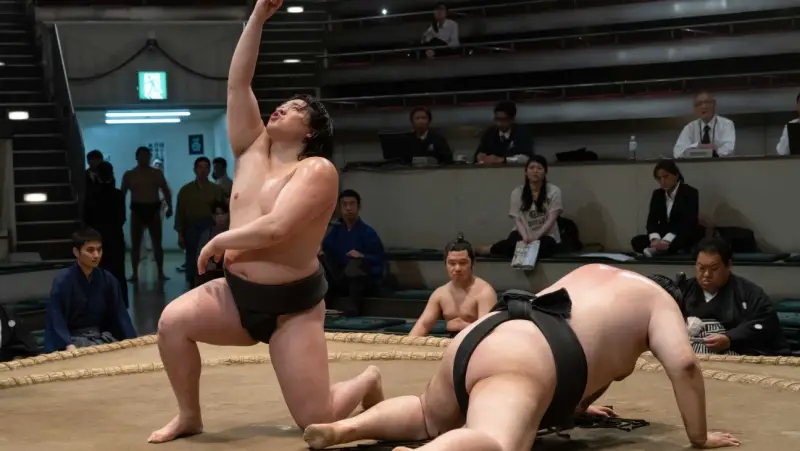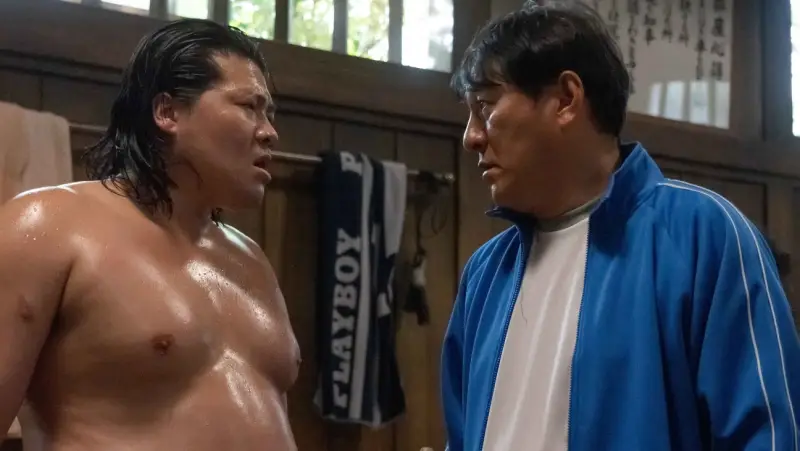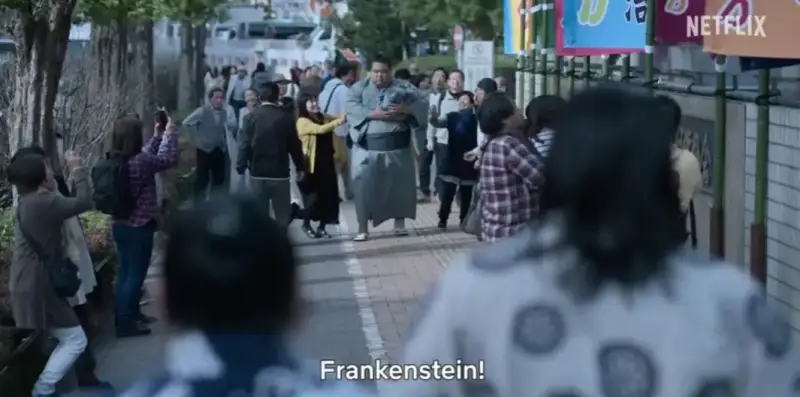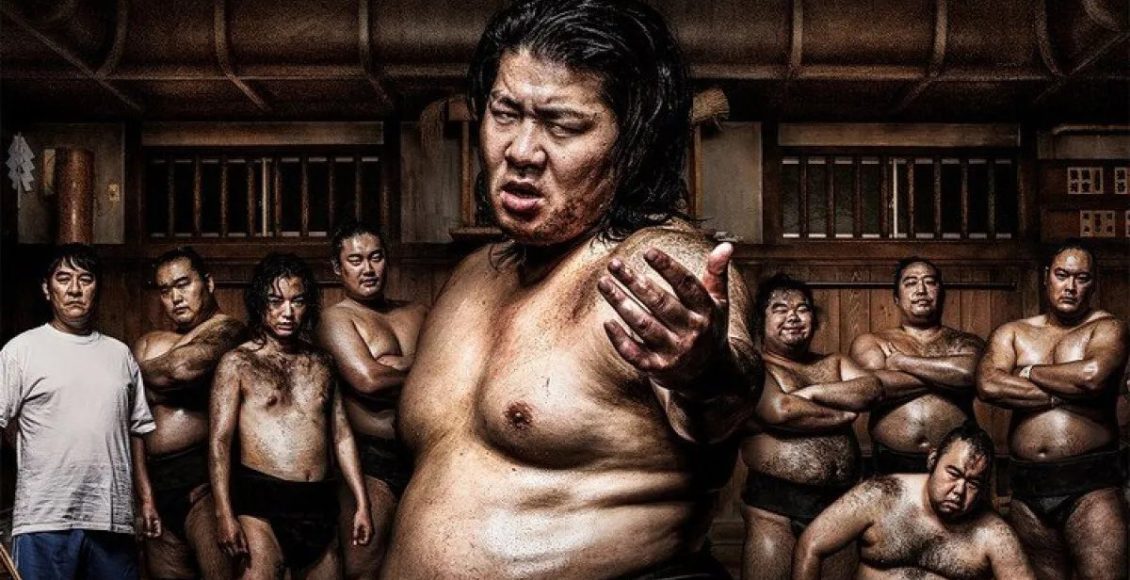[Sanctuary Netflix Review]Tell the story of a new and unusual sumo industry, but story too many formulas.
Sanctuary
Summary
Overall, it is a Japanese sports drama series that aims to create a feel-good and inspirational atmosphere more than being a serious Sumo wrestling drama as perceived from the outside. There are some enjoyable parts, such as the intense training scenes with beautiful slow-motion shots and details, but it is still far from the reality of actual martial arts fighting, making it less appealing to non-Japanese audiences. However, if viewed as a fresh and unique perspective, it can still be considered okay because this is the first Sumo sports drama series ever made.
Overall
6.5/10User Review
( votes)Pros
- The story revolves around the world of Sumo wrestling.
- The mood of the series is “Feel good” and focuses on inspiring viewers to chase their dreams.
- The fight scenes with beautiful slow-motion shots.
Cons
- The story follows a typical formula.
- The characters have overacting style commonly found in Japanese dramas.
- The series does not delve deeply into the dark side of the sports industry.
ADBRO
Sanctuary Japanese series, 8 episodes A man who is driven to the edge of a cliff and believes that money, a woman, and fame are all buried in the ring, And goes up to a sumo rikishi.
Sanctuary Netflix Review
The first Japanese sports-themed Sumo series is interesting in its own right, with unique content. However, the story itself doesn’t make it feel significantly different from other sports-themed series.
The story revolves around a delinquent young man who comes from a family burdened with debt, and his parents are unable to provide for him. He turns to Sumo as a way to make money, initially thinking that it would be a lucrative profession. However, he soon realizes that it is not as easy as he thought, even though he is talented. He struggles to win matches due to the strict rules and regulations of Sumo. Over time, he learns to understand and embrace Sumo, eventually transforming himself into a full-fledged Sumo wrestler.
 This plot follows the same theme as other sports movies, where it starts with an ordinary person who has hidden talents, and gradually shines until becoming a star. However, before reaching success, they face a major obstacle that brings them down. Nonetheless, they slowly regain their confidence and belief to succeed once again. The plot of this story follows the typical formula of this genre, just with the setting of Sumo wrestling. There isn’t much depth to the story, just the basic foundation of the Sumo world that one can read about in ordinary articles.Although initially showing the brutal hazing of new recruits and the problems of a conservative and entrenched power structure, which resists change, the protagonist, a newcomer to the sumo world, faces challenges and opposition from those in power. However, these conflicts are just formulaic obstacles.Ultimately, the story offers an easy way out, with the protagonist quickly training himself to become skilled enough to overcome the hazing and bullying from the power structure. As a result, the series does not expose the dark underbelly of the sumo world, but instead tries to make it look more majestic, almost like an advertisement to believe in the grandeur of sumo.
This plot follows the same theme as other sports movies, where it starts with an ordinary person who has hidden talents, and gradually shines until becoming a star. However, before reaching success, they face a major obstacle that brings them down. Nonetheless, they slowly regain their confidence and belief to succeed once again. The plot of this story follows the typical formula of this genre, just with the setting of Sumo wrestling. There isn’t much depth to the story, just the basic foundation of the Sumo world that one can read about in ordinary articles.Although initially showing the brutal hazing of new recruits and the problems of a conservative and entrenched power structure, which resists change, the protagonist, a newcomer to the sumo world, faces challenges and opposition from those in power. However, these conflicts are just formulaic obstacles.Ultimately, the story offers an easy way out, with the protagonist quickly training himself to become skilled enough to overcome the hazing and bullying from the power structure. As a result, the series does not expose the dark underbelly of the sumo world, but instead tries to make it look more majestic, almost like an advertisement to believe in the grandeur of sumo.
In addition, the story also overacts in the style of Japanese dramas. Every character in the story exaggerates their facial expressions to the point of being comical at times. The female lead is a political journalist who is transferred to cover Sumo, a sport she initially has no interest in. However, as she meets the male lead, she gradually becomes infatuated with him without realizing it. There is a beautiful woman who tricks and obstructs the protagonist, creating obstacles for their love story and adding a romantic element to the plot.
 What really stands out in the story are the intense fighting scenes, Mostly, it will be scenes of training in a narrow room in the camp, that showcase the brutal training methods used to toughen up the sumo athletes physically and mentally. The other part is the actual matches, which are meticulously detailed and emphasized with slow-motion imagery to convey the fierce clashes between opponents. The reason for the heavy use of slow-motion imagery is because Sumo matches are very short, and a wrestler who is pushed out of the ring or falls to the ground is considered an immediate loser. This necessitates the use of slow-motion to elongate the fights beyond their actual duration.
What really stands out in the story are the intense fighting scenes, Mostly, it will be scenes of training in a narrow room in the camp, that showcase the brutal training methods used to toughen up the sumo athletes physically and mentally. The other part is the actual matches, which are meticulously detailed and emphasized with slow-motion imagery to convey the fierce clashes between opponents. The reason for the heavy use of slow-motion imagery is because Sumo matches are very short, and a wrestler who is pushed out of the ring or falls to the ground is considered an immediate loser. This necessitates the use of slow-motion to elongate the fights beyond their actual duration.
The series ended with a cliffhanger in a fight against a crucial opponent, leaving it to be continued in season 2, which is not a satisfying ending because the storyline did not reach a point of being highly anticipated to continue watching. But it could be argued that ending the series here is also appropriate, as the storyline is about inspiring and motivating people through sports. The protagonist improving himself is a successful outcome in itself, and the story could be considered to have reached a satisfying conclusion.
 Overall, it is a Japanese sports drama series that aims to create a feel-good and inspirational atmosphere more than being a serious Sumo wrestling drama as perceived from the outside. There are some enjoyable parts, such as the intense training scenes with beautiful slow-motion shots and details, but it is still far from the reality of actual martial arts fighting, making it less appealing to non-Japanese audiences. However, if viewed as a fresh and unique perspective, it can still be considered okay because this is the first Sumo sports drama series ever made.
Overall, it is a Japanese sports drama series that aims to create a feel-good and inspirational atmosphere more than being a serious Sumo wrestling drama as perceived from the outside. There are some enjoyable parts, such as the intense training scenes with beautiful slow-motion shots and details, but it is still far from the reality of actual martial arts fighting, making it less appealing to non-Japanese audiences. However, if viewed as a fresh and unique perspective, it can still be considered okay because this is the first Sumo sports drama series ever made.


